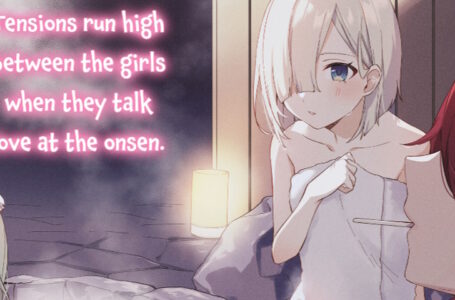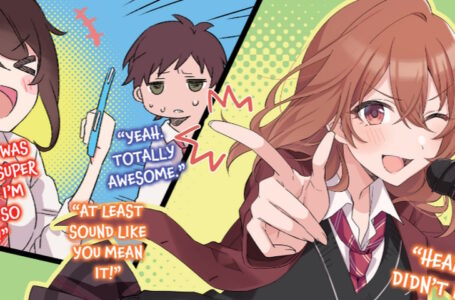Delving into light novels with Bottom-Tier Character Tomozaki

I read a book this week! A few years back that wouldn’t have been something particularly noteworthy to proclaim, but despite being such an avid fiction reader (and writer) back in my younger days, I must confess I haven’t done a lot of what I’d describe as “traditional reading” (i.e. books rather than visual novels) for quite some time.
I thought that was a bit of a shame, so I figured it was as good an excuse as any to start exploring the vast world of Japanese light novels — and the title I chose to begin this journey was Bottom-Tier Character Tomozaki by Yuki Yaku, with illustrations by Fly, the latter of whom is perhaps best known for being the writer and artist behind the Kemono Friends manga.
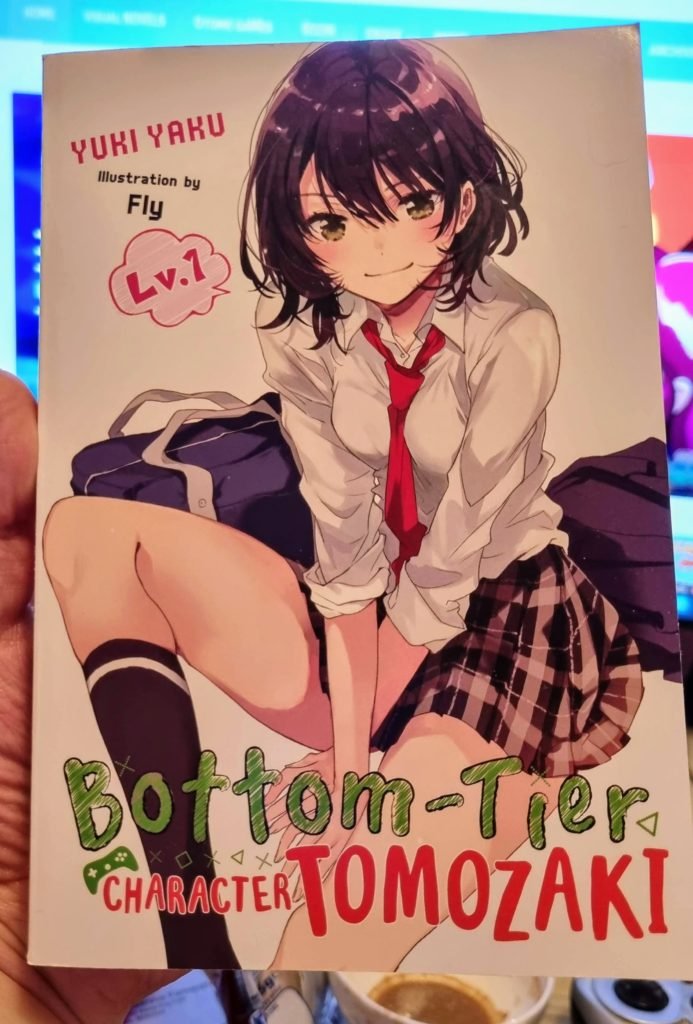
Why did I choose Bottom-Tier Character Tomozaki, a light novel series that launched in 2016, and which had an anime adaptation I don’t think I saw anyone talk about in early 2021? The same reason I choose anything to play, watch or read: because I thought it sounded interesting. I deliberately chose not to look into anything anyone had said about the series as a whole or the first volume specifically — I always prefer to make my own mind up about things — and thus I settled in for a little light reading.
When I finished volume 1, I immediately ordered myself all the remaining volumes that are out now in English — that’s 2-6 plus a “6.5” volume of short stories, with a volume 7 following very soon. So it’s fair to say that I liked what I read. Oh, and if you were curious, the anime adaptation from early 2021 covered the first three volumes of the light novel, so if you’re interested in the series and want to pick up where that left off, volume 4 should be all-new to you at the time of writing.
For the benefit of those unfamiliar, Bottom-Tier Character Tomozaki tells the story of its titular hero, Fumiya Tomozaki. Tomozaki is a formidable gamer who goes by the name “nanashi” online, and he absolutely dominates the world stage at a popular video game called Attack Families, or Atafami for short. The specifics of Atafami are never quite given — at least in the first volume of Bottom-Tier Character Tomozaki — but it’s strongly implied to be a game quite similar to Super Smash Bros., albeit with an all-original cast.
Tomozaki has only come up against one really worthy opponent: the mysterious “NO_NAME”, whom he still beats, but finds to be much closer to his level than anyone else. Unexpectedly, NO_NAME invites Tomozaki to meet in the real world — and it’s then that he discovers that this mysterious super-gamer is actually Aoi Hinami, one of the most popular and beautiful girls in his school, and someone who always seems to have time for everyone.
Except the Hinami that Tomozaki meets is not the Hinami that appears at school; rather than being the eminently likeable, calming presence that she is at school, the Hinami he comes face-to-face with is openly disappointed that the gamer she had so much respect for online is actually, in her eyes, the school nerd — going nowhere, seemingly unwilling to put any care and attention into any aspect of his life other than Atafami, and certainly not someone she has respect for in reality.
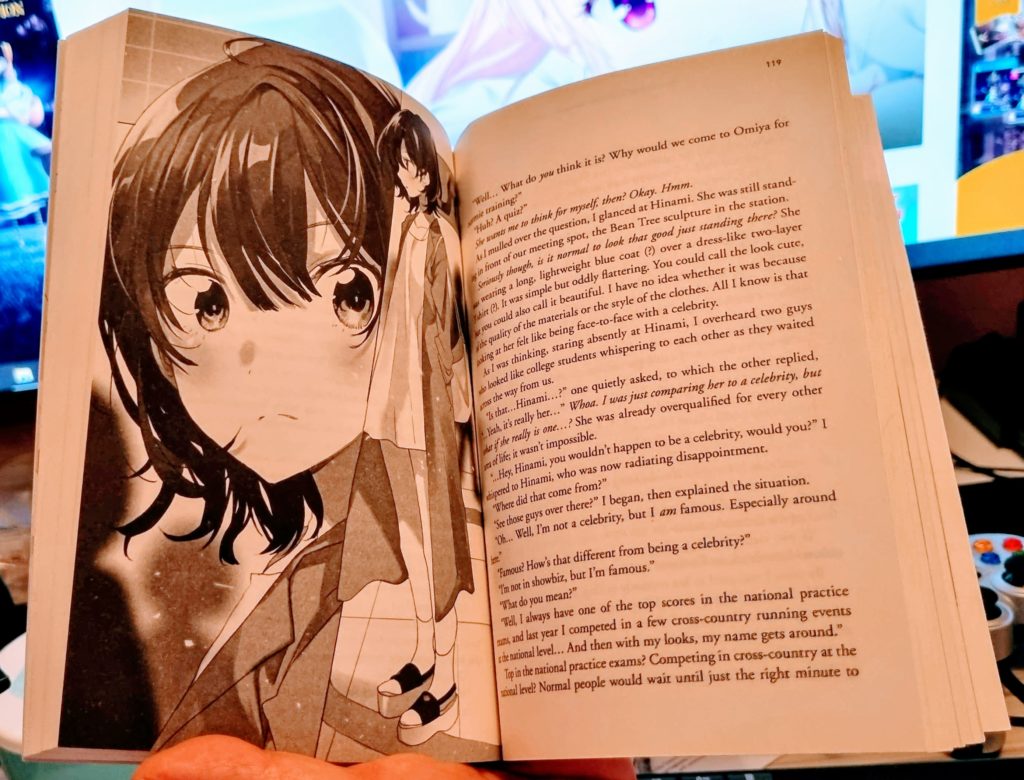
Tomozaki’s counter to Hinami’s harsh words is that he believes life to be the worst game that there is. It’s unbalanced in favour of people who are born with natural privileges such as being physically attractive; its internal mechanics don’t make any sense; and perhaps worst of all, you don’t get to choose your “character”, instead being stuck with what you’re given. And as much as Tomozaki believes in his Atafami skills, he very genuinely believes himself to be a bottom-tier character when it comes to the game of life.
From hereon, Hinami takes an interest in Tomozaki, because she firmly believes that life itself is the ultimate game — and like any gamer who feels particularly passionate about their favourite title, she wants everyone to understand why she likes it so much. So she accepts the challenge of teaching Tomozaki about how to “play” life properly — how regardless of what you might feel like you’re stuck with in terms of your own personal characteristics, there are always ways in which you can improve your chances and have a more enjoyable time.
It’s clear to Tomozaki immediately that Hinami is indeed a master at the game of life, since the “real” her that he saw upon meeting her outside of school is so vastly different from the Hinami she portrays herself as at school. And, thus, recognising the fact that he’s in the presence of a master at the game, he agrees to try and learn from her — even if some of her lessons might seem a bit strange at first.
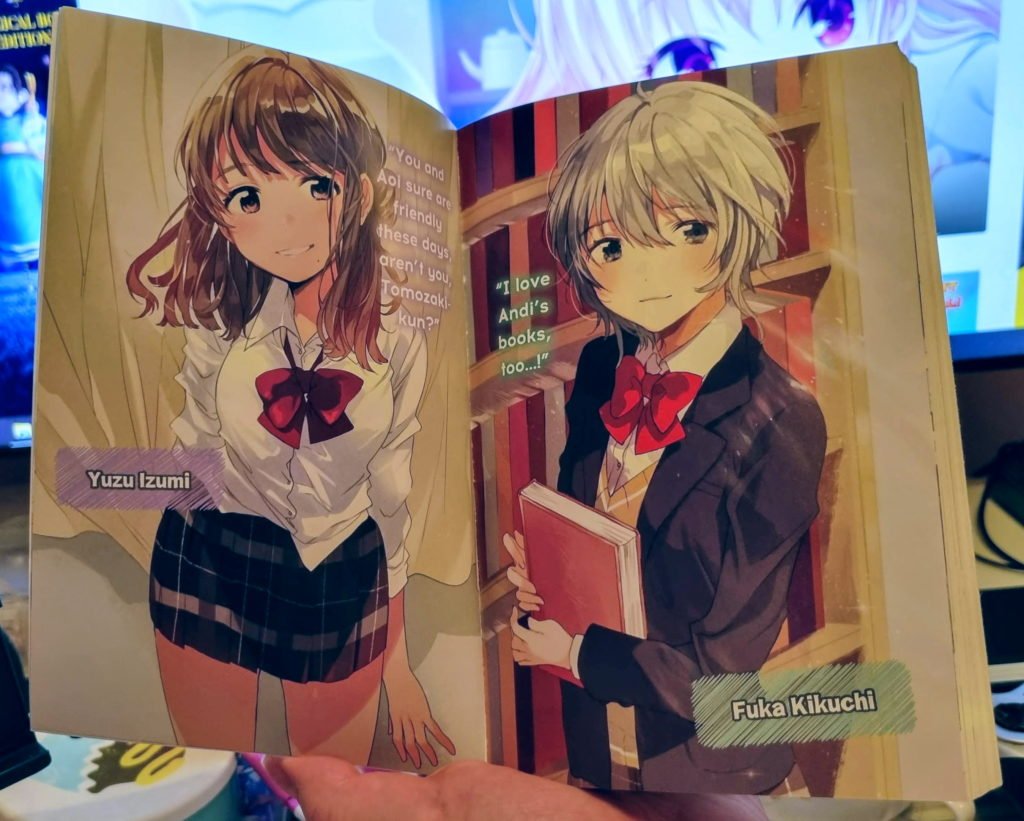
The interesting thing about Bottom-Tier Tomozaki is that it can be read and understood in several different ways according to your perspective.
On one level, it can be looked upon as an endearing slice-of-life story about two high school kids getting to know one another and understand each other through a somewhat unconventional but undoubtedly effective relationship. Opposites attract, and all that.
On another, it can be likened to one of the increasing number of aspirational light novels, anime and manga out there, which incorporate and impart real-world life advice to their audiences as well as telling a story about their characters. In that sense, Bottom-Tier Character Tomozaki sits comfortably alongside titles like How Heavy Are the Dumbbells You Lift?, Komi Can’t Communicate and Plus-Sized Elf in terms of how it’s something we can genuinely learn something useful from, as well as being entertained.
On another still, it can be looked upon as a critique of modern society, particularly with how societal expectations can make young people feel like they should look and behave a certain specific way, rather than exploring and accepting their own sense of self and identity. From this perspective, it can also be argued to be poking fun at and criticising the tendency for otaku — both in the east and the west — towards self-deprecation and a refusal to value their actual qualities. If you’ve ever referred to yourself as a “degenerate” because of the entertainment media you enjoy, that’s precisely what we’re talking about.
And finally, it can be interpreted as a look at how a master manipulator is able to make use of the unwritten rules of society in order to ensure she always gets what she wants — and how she might nurture someone to be either her “successor”… or perhaps her greatest rival in this great “game” she’s always playing.
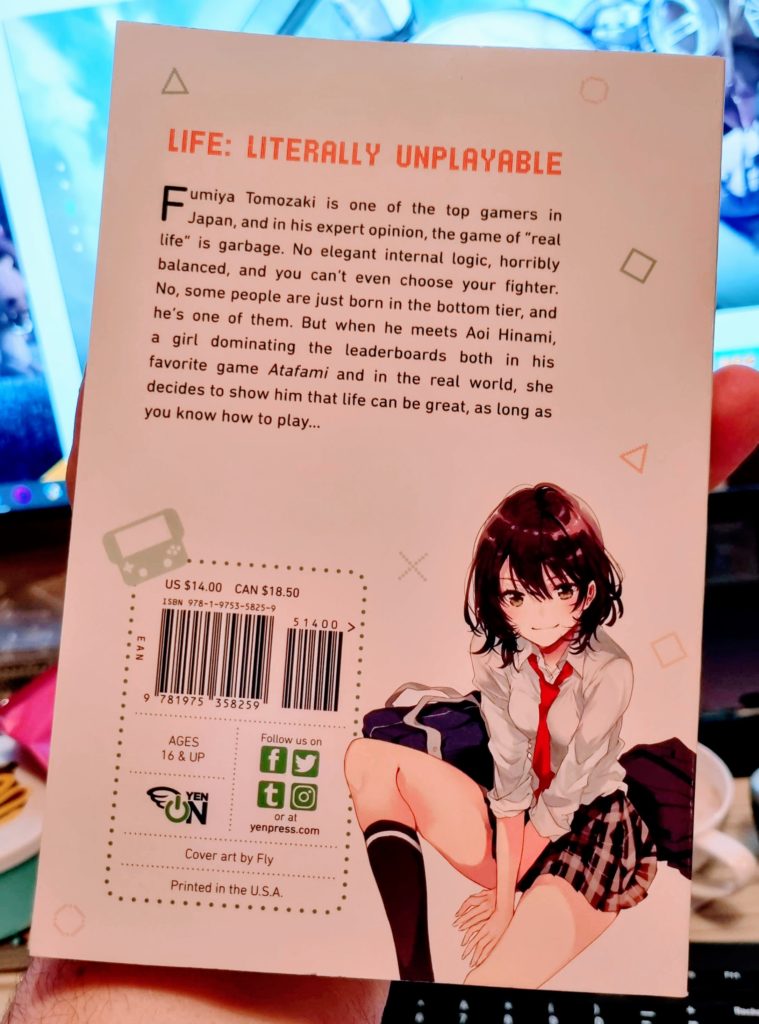
Speaking as someone who suffers from Asperger’s-related social anxiety on a daily basis, Bottom-Tier Character Tomozaki spoke to me on most of these levels. I found Tomozaki’s situation relatable and understandable — and I found his willingness to work on his weaknesses inspiring. At the same time, though, I had questions and concerns — most notably, if you have to put that much effort into appearing “normal”, is it really worth it? More importantly, is that really “you”?
The reality of the situation in Bottom-Tier Character Tomozaki is likely a bit of everything described above, since although there are certainly convincing arguments to be made in favour of Hinami and Tomozaki’s outlook on life to be somewhat unhealthy, it’s also an understandable way of interpreting modern society. And even over the course of just volume 1, there’s little doubt that Tomozaki genuinely does benefit from Hinami’s lessons.
On numerous occasions, he comments about how her focus on improving his posture and relaxing his default facial expression to be somewhat less stern and unapproachable has a positive effect on both his own self-esteem and the likelihood that others will approach him of their own volition. But we also see him more willing to open up conversations with others unprompted — and perhaps most importantly, developing an understanding that just like in video games, suffering some sort of failure in life isn’t something to be feared.
On the contrary, as Hinami describes it, in life we earn the most “EXP” from the “battles” in which we’re “defeated” rather than those which go exactly as we’d expect them to — because those defeats provide us something we can learn from; a situation we can study, pick apart and come to truly understand from every possible angle.
And that, really, is core to Hinami’s teachings over the course of Bottom-Tier Character Tomozaki’s first volume — the inherently unpredictable and volatile nature of life as a game means that while we’re always at risk of “failure” with everything we do, failure itself isn’t something to be feared. Rather, it can be looked upon as an opportunity to grow and learn — just like how every defeat in a popular online game can give you a better idea of how to step your game up and be just that little bit better next time around.
By the conclusion of Bottom-Tier Character Tomozaki, our hero certainly isn’t “cured” by any means — but he has made tangible progress, and the volume has established a number of interesting relationships which will presumably be explored further over the course of the following volumes.
Rather pleasingly, despite the majority of the other major players in the story being girls, there’s little indication that Bottom-Tier Character Tomozaki is setting up to become a harem piece in the long term. Rather, it presents the distinct impression that one of Tomozaki’s most important lessons to learn is that there are many, many different types of relationships that you can have with other people — and learning to appreciate and understand all of them is a crucial part of pursuing victory in your own personal game of life.
A strong start, then — and definitely a story, setting and cast of characters I’m keen to spend some more time with. So let’s check back in on them very soon!
Join The Discussion
Rice Digital Discord
Rice Digital Twitter
Rice Digital Facebook
Or write us a letter for the Rice Digital Friday Letters Page by clicking here!
Disclosure: Some links in this article may be affiliate links, which means we may earn a small commission if you make a purchase after clicking on them. This is at no additional cost to you and helps support Rice Digital!
- Letter from the Editor: passing the torch - June 30, 2023
- Super Woden GP 2 is looking promising - June 30, 2023
- Inti Creates is making a 32 bit-style Love Live action platformer - June 26, 2023




